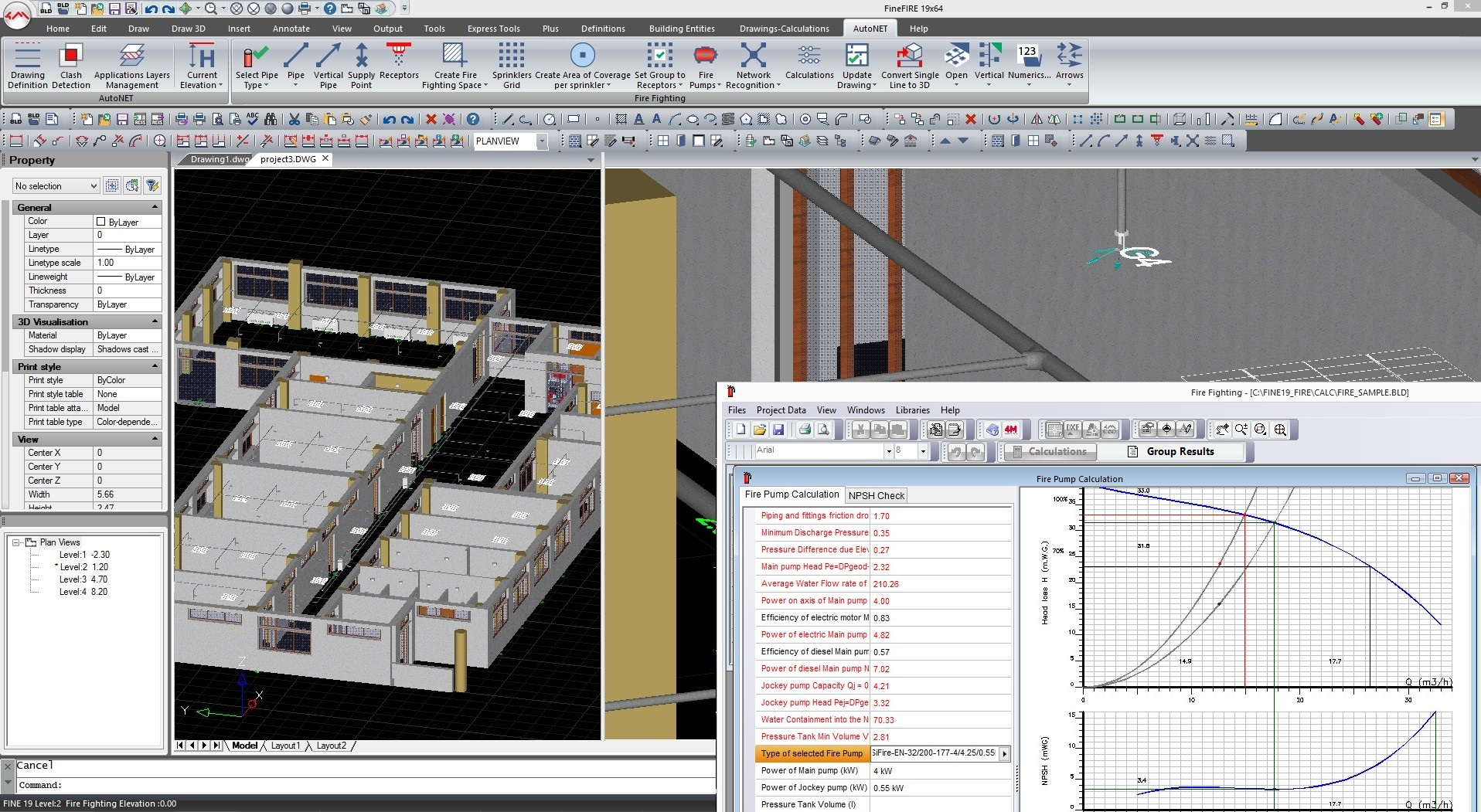Service and Answers Installed the driver for USB Port Replicator under Windows XP operation system, there is no Printer Port available in the device manager, but the other Ports ( Serial,Mouse, Keyboard and USB) are OK. The driver for USB to Printer converter on Windows 2000 and XP is not required. Microsoft supports USB Printer class in both OS. The related driver will be loaded Automatically by Microsoft when you plug in the USB to Printer device. It will be created a message “printer support device” in the device manager and also a “ virtual printer port for USB “ in the port selection of printer setting. You may just check this item and it will work on both system. This is different for Windows 98 and ME.
Ask our experts to find out more about DICOTA Eco Slim 35.8 cm (14.1) Bag. Microsoft Surface Docking Station. Product type: Docking.

There won’t be any LPT port generated by system as like in 98/ME. Please also refer to the user’s manual “Set up the Printer Device “ >> for Windows 2000 and XP. 2 year warranty. If you encounter any problem with your Harbour 2.0, please contact our local dealer.

You can find a list of all dealers on this CD. Harbour 2.0 User’s Manual 35.
Update 7/26/16: In the year since the release of Windows 10, it has been installed on over 350 million PCs worldwide and most feedback has been quite positive. Most of the challenges covered in the “Potential Issues” section of this post are no longer relevant thanks to the diligent work of DisplayLink and Microsoft updating their respective software to improve performance and stability over the past year. The installation scenarios covered in this post will cease to become relevant with upcoming Windows 10 “Anniversary Update” (aka “Redstone”) release on August 2, 2016. The Anniversary Update brings with it big changes to how DisplayLink USB graphics functionality interacts with the Operating System, adding native support for our USB graphics devices and making the installation process even smoother while improving performance. Summary: Windows 10 requires the latest we recommend to be re-installed *after* OS upgrade is complete.
As we near the July 29th release of Windows 10, we’re getting frequent questions from customers who are excited about this new operating system and inquiring as to how things will behave when using their Plugable USB graphics device(s) with Microsoft’s new flagship OS. The purpose of this post is to provide some “best practices” guidance regarding Windows 10 and installation of Plugable’s docking stations and USB graphics adapters.
Please remember to press the calculate button after you have made a change! By using the slider controls to vary any of the variables (flow, K factor, pressure) you can see the effect they have instantly. 
Most of the Plugable support crew are seasoned IT/support veterans, and as such we’re a cautious bunch when it comes to immediately migrating to a new operating system. ( for our take on installing Windows 10 as soon as it’s available. The nutshell version is that as with any major OS upgrade, we suggest waiting a bit before installing on any mission-critical systems while initial issues are discovered are worked through.) That being said, we realize, with all the excitement surrounding the upcoming release many users are going to want to dive right in. With that, here are our recommendations for how to approach different installation scenarios as well as some additional information about Windows 10: Additional Information Scenario 1: Upgrading to Windows 10 from an existing Windows 7/8 system This is likely to be the most common scenario for the majority of users. Please note that all previous DisplayLink drivers are not compatible with Windows 10. As such, we suggest the following steps for an upgrade installation of Windows 10: • Disconnect your Plugable docking station or graphics adapter(s).